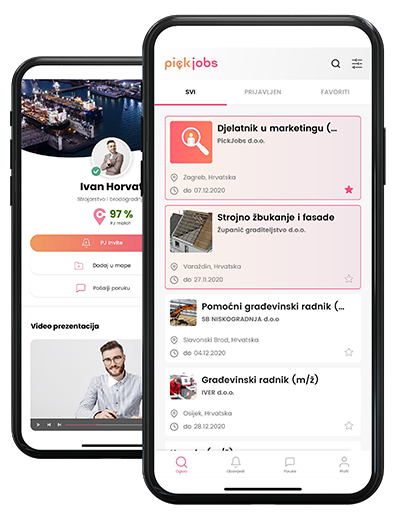We’ve entered an era where artificial intelligence can write articles, generate business plans, analyze data, respond to emails, and assist with everyday tasks. But there’s one thing most users forget: AI isn’t all-powerful – it’s only as useful as you know how to use it.
If you’ve ever wondered why AI sometimes gives shallow, vague, or completely off-target answers, the answer lies in how you frame your questions. This is called prompt engineering – and it’s becoming a 21st-century skill.
What exactly is a “prompt”?
A prompt is any command, query, or text you input into an AI tool like ChatGPT. It can be a question, a task, a description of a situation, a desired format – or all of the above.
For example:
- Bad prompt: “Write something about sales.”
- Good prompt: “Write an educational LinkedIn article about closing techniques in B2B sales, up to 500 words, in the tone of an experienced sales consultant.”
5 key tips for working more effectively with AI
- Be clear and specific
Artificial intelligence doesn’t “know” what you want unless you say it directly. Avoid vague, general requests. Instead of asking for “something about marketing,” say:
“Create a comparison between content marketing and paid marketing for e-commerce brands, with pros and cons.”
- Provide context
Who are you, who is your audience, and why do you need it? This makes the difference between generic and tailored content.
“I’m writing a newsletter for small business owners. Write 3 tips on how to use AI to automate operations.”
- Specify the format
If you know you want a list, an infographic, a table, an intro + conclusion – just say so.
“Write it as 5 bullet points with a short explanation under each.”
- Give feedback
Don’t settle for the first answer. It can always be improved.
“Make it shorter.”, “Add humor.”, “Translate into Croatian.”, “Give a real-life example.”
- Break down complex queries
Complex tasks work better when broken into steps. First brainstorming, then content, then editing.
“First give me 10 blog topic ideas. Then develop the first one. Finally, write a headline and meta description.”
Bonus: Helpful prompt structures
When you’re not sure where to start, here are some “prompt phrases” that often yield great results:
- “Act as… (a marketing expert / professor / journalist / HR consultant…)”
- “Explain like I’m 12.”
- “Give me pros and cons.”
- “Write 3 versions with different tones: professional, friendly, humorous.”
AI can be your assistant, consultant, or even a sparring partner for idea development – but only if you know how to “guide” it. Prompt engineering isn’t science fiction – it’s a communication skill with a tool. And the best part? Anyone can start learning it right now.
You don’t need to know how to code to make use of AI – you just need to know how to ask the right questions.

 Croatia
Croatia Bosnia and Herzegovina
Bosnia and Herzegovina Serbia
Serbia Crna Gora
Crna Gora North Macedonia
North Macedonia Ukraine
Ukraine Albania
Albania Kosovo
Kosovo Austria
Austria Deutschland
Deutschland Switzerland
Switzerland









